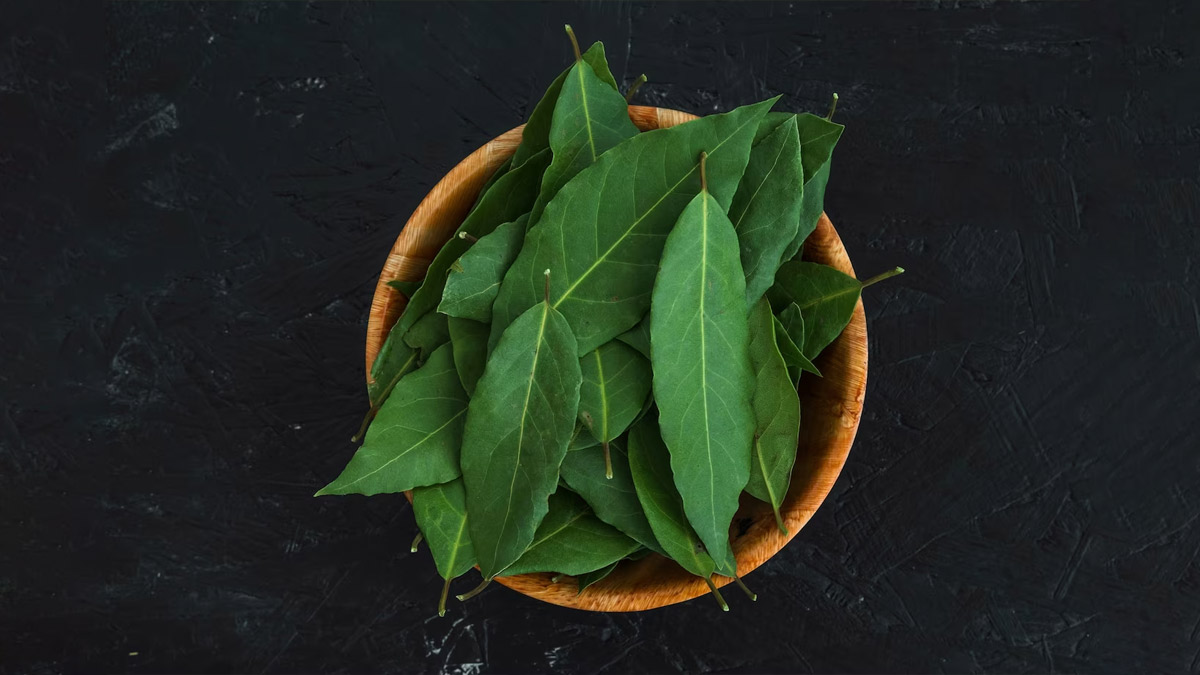Lord Shiva is the protector of the whole earth world. He is known as Mahadev, the God of Gods. You all go to the Shiva temple and you must have seen that a drop of water keeps on dripping from the copper or earthen pot on the Shivling. Do you know the reason or secret behind this, if not, then in today's article, we will tell you what is the importance of dripping water from the urn placed above the stand and why the water reservoir of Shivling does not cross the channel.

The secret behind water dripping from the urn
According to Shivpuran and other religious texts, the water dripping from the Kalash is related to the churning of the ocean. It is said that when the ocean was churned between the deities and the asuras before the nectar came out, the pot of Halahal poison came out. When the pot of Halahal poison came out, then all the gods and Asuras got worried as to what to do with this poison now. According to the rule of churning the ocean, when someone wears poison, then only nectar will emerge from the churning. In such a situation, after the advice and conversation of the deity and the asura, everyone remembered Lord Shiva and everyone prayed to him to drink the poison. After which Lord Bholenath drank poison while accepting the prayers of the deities and the asuras. After drinking the poison, Lord Shiva's throat turned blue and his whole body started burning. Then Jalabhishek was performed on him to cool and calm his head and body. By pouring water, he got relief from a burning sensation, after which he became very fond of Jalabhishek. When his throat turned blue after consuming poison, Lord Shiva was named Neelkanth.
Importance of Kalash and Stand

It is believed that the trinity i.e. Brahma, Vishnu and Mahesh resides in the stand with three feet and the water offered from the copper urn is considered to be equal to the water of the Ganges. That's why a copper urn is kept in a three-footed stand in temples and pagodas. Apart from this, in summer, instead of a copper vessel, water is kept in an earthen pot filled with water. There is a popular belief behind this that in summer the water kept in an earthen pot remains cooler than other utensils, hence earthen utensils are used.
Why is the reservoir not crossed?

The parikrama of all the temples and deities is completed but the parikrama of the Shivling is done half way i.e. half moonparikrama. There is a belief in the Puranas regarding half the circumambulation that the stream of water flows continuously from the reservoir, so it is a sin to cross it.
Image credit: Herzindagi, Shutterstock and freepik










